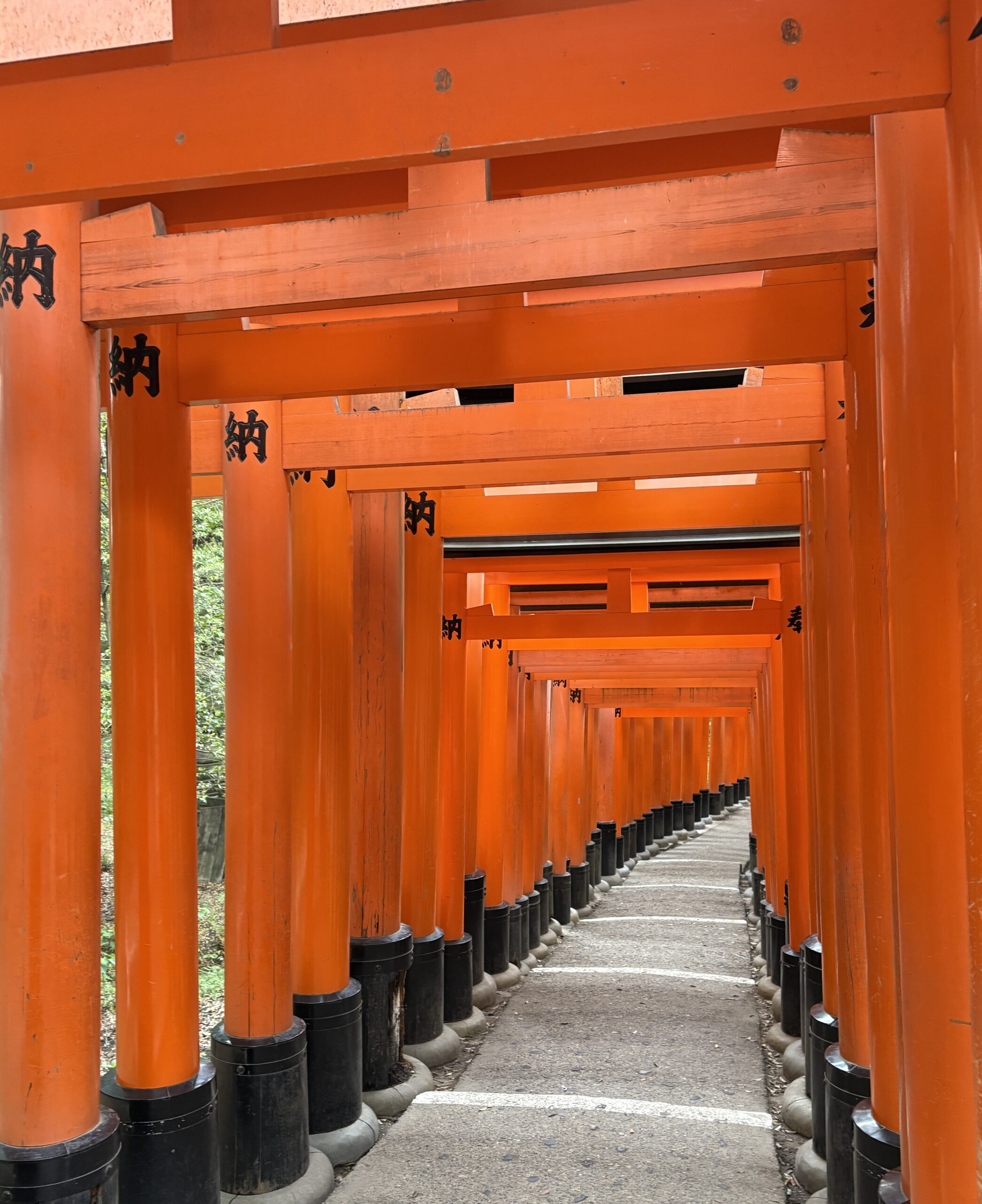Where to Stay in Kyoto: 6 Best Areas to Consider
Deciding where to stay in Kyoto is more strategic than spontaneous. Unlike compact Osaka or hyper-connected Tokyo, Kyoto’s charm is spread out, and that means your base will dramatically shape your experience.
This former imperial capital offers a stunning contrast of ancient temples, hidden teahouses, and minimalist machiya inns alongside shopping streets and sleek hotels.
However, since it doesn’t have a central “hub” like Shinjuku or Umeda, selecting the right neighborhood can save you a significant amount of time (and transit frustration).
Each part of Kyoto has its own rhythm: from sunrise hikes through bamboo groves to lantern-lit strolls past geisha districts.
In this guide, I break down the best areas to stay in Kyoto so you can base yourself near what matters most, whether it’s temples, food, or a bit of that Ghibli-level peace.
Gion
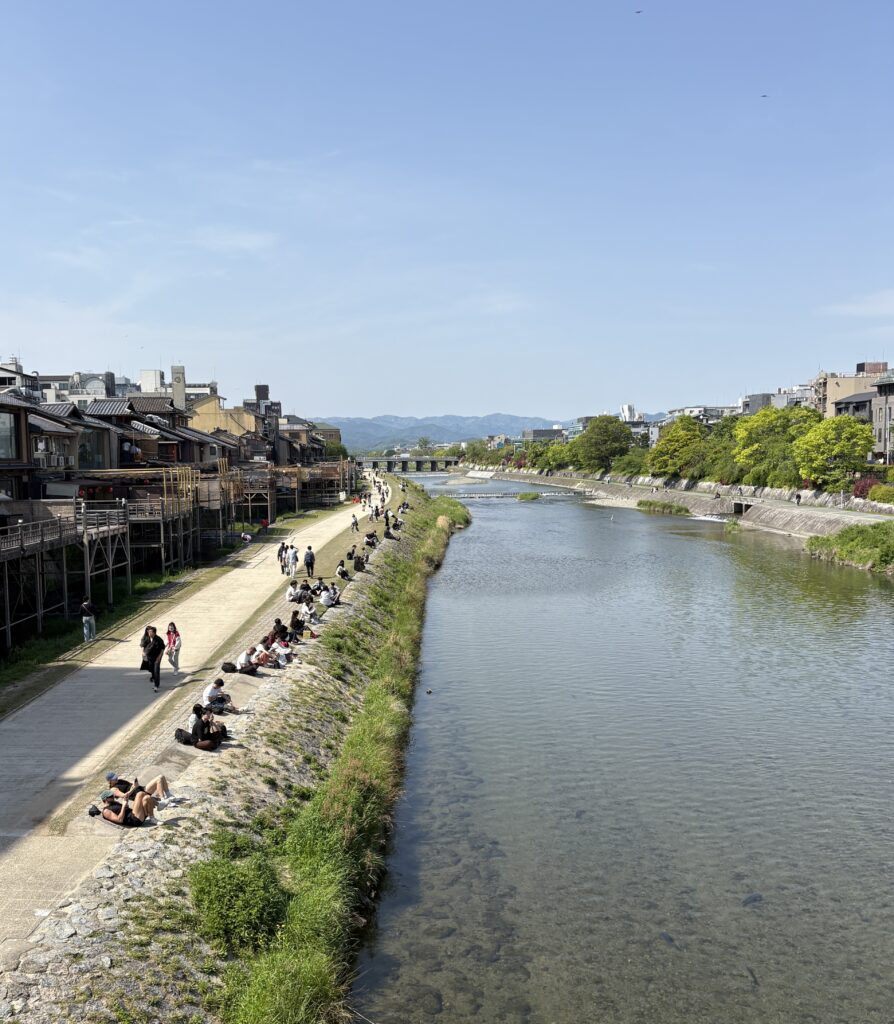
- Good for: First-timers, culture lovers, photography enthusiasts
- Vibe: Traditional, atmospheric, occasionally surreal (especially at dusk)
- Pros & Cons: Iconic Kyoto setting, central for sightseeing; tourist-heavy and pricey
Gion is Kyoto’s most iconic district, the place where time slows down and Japan’s historical beauty hits its peak.
Think wooden teahouses, stone-paved alleys, and the occasional sighting of a real maiko (apprentice geisha) shuffling to an evening engagement.
Staying in Gion puts you right in the thick of Kyoto’s cultural heart. You’ll be within walking distance of major sights like Yasaka Shrine, Kenninji Temple, and the famous Hanamikoji Street, all steeped in centuries of tradition.
The area gets crowded, especially in the late afternoon when tour groups descend and Instagrammers line up for that perfect alley shot.
But early mornings and evenings are magical, the kind of peaceful, cinematic vibe that made you want to visit Kyoto in the first place.
Gion is well-located between Higashiyama’s temple clusters and downtown’s shopping and nightlife. While accommodations tend to be pricier here (and book out fast), many traditional ryokans and boutique hotels offer the type of stay you’ll remember for years.
Whether you’re out temple-hopping or catching a seasonal light-up event, Gion makes it easy to soak up Kyoto’s spirit without having to hop on a train every time you want to explore.
Top Hotels in Gion
Hotel The Celestine Kyoto Gion — Luxury
Kyoto Granbell Hotel — Mid-Range
Kyoto Inn Gion — Budget
Kyoto Station Area
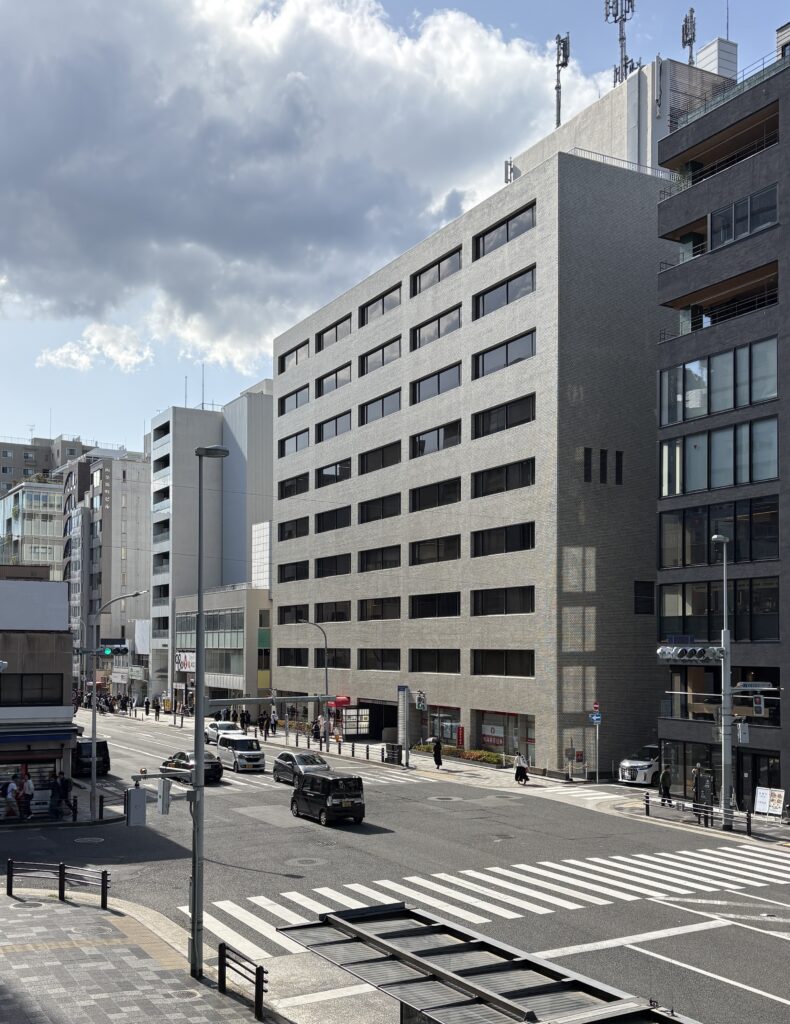
- Good for: First-timers, short stays, day trip lovers
- Vibe: Modern, convenient, practical
- Pros & Cons: Excellent transit access, newer hotels; lacks traditional Kyoto feel
If you’re all about efficiency or just want to make day-tripping a breeze, then basing yourself near Kyoto Station is a smart move.
This area is a transport powerhouse. Shinkansen access, express trains to Osaka and Nara, buses heading into the mountains, it all starts here. And don’t let modernity fool you. Within 10–15 minutes by bus or subway, you’re at Fushimi Inari, Kiyomizudera, or Arashiyama.
The neighborhood itself isn’t dripping in Kyoto charm; it’s more steel and glass than stone and shrine, but it makes up for it with great value hotels, convenience stores on every corner, and mega shopping centers like Kyoto Yodobashi and Isetan Department Store.
If you’re arriving late, leaving early, or planning to cram in several side trips, staying here gives you a logistical edge.
Bonus: Kyoto Station itself is architecturally wild (think open-air escalators and rooftop gardens), and you’ll never be far from a solid bowl of ramen at the on-site ramen street.
Top Hotels in Kyoto Station Area
Hotel Granvia Kyoto — Luxury
Sakura Terrace — Mid-Range
The Pocket Hotel — Budget
Higashiyama
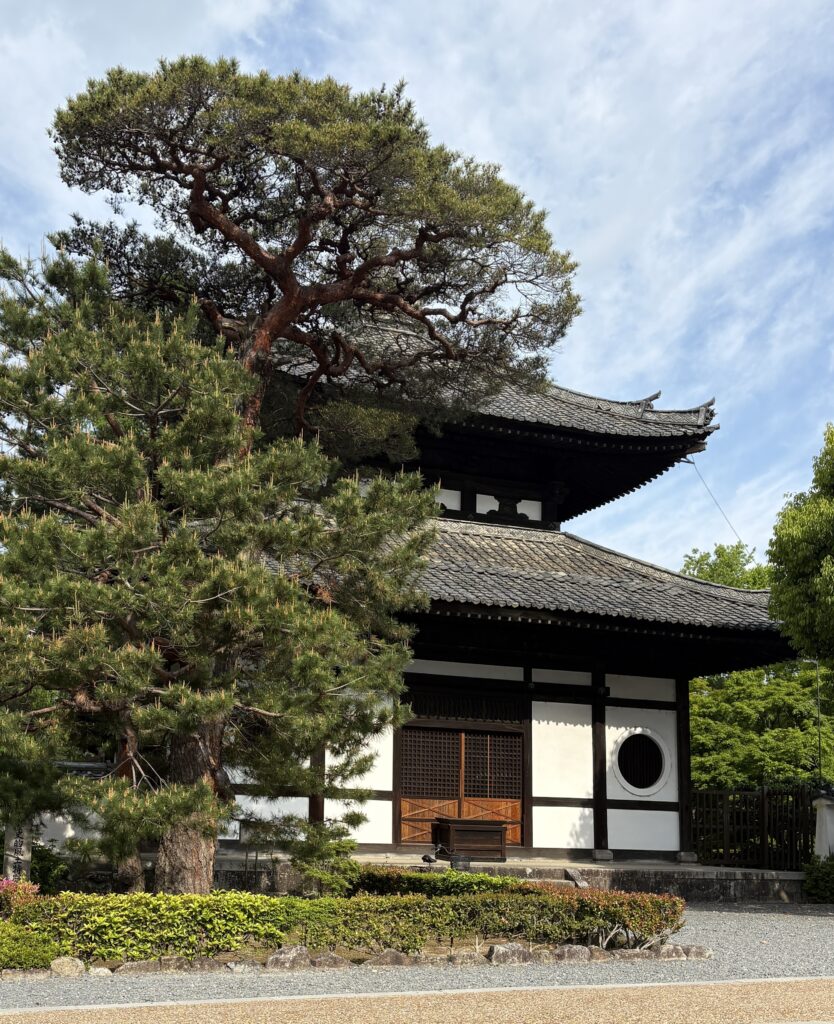
- Good for: Temple lovers, slow travelers, walkers
- Vibe: Historical, tranquil, ultra-scenic
- Pros & Cons: Surrounded by famous sites; less nightlife, can be hilly
Higashiyama is what most people imagine when they dream of Kyoto: cobbled lanes, moss-covered temples, and traditional homes with tiled roofs and paper lanterns.
It’s a picture-perfect part of the city, especially for those who prefer early morning temple visits over late-night izakayas.
The district stretches along the eastern foothills and is home to heavy-hitters like Kiyomizudera Temple, Kodai-ji, and the Philosopher’s Path. Even if you don’t stay here, you’ll definitely visit, but staying in Higashiyama gives you a rare chance to experience it without the tour bus crowds.
There’s less buzz here at night, but that’s part of its charm. It’s all about peaceful evenings, quiet strolls, and maybe a glass of sake at a tucked-away inn.
Most accommodations are traditional ryokans or boutique hotels in renovated machiya (townhouses), so expect a more intimate, slow-paced stay.
If you want to be surrounded by Kyoto’s heritage and don’t mind walking a bit more or catching the bus to reach other districts, Higashiyama is unbeatable.
Top Hotels in Higashiyama
The Ritz-Carlton Kyoto — Luxury
Hotel Seiryu Kyoto Kiyomizu — Mid-Range
Ryokan Kyoraku — Budget
Downtown Kyoto (Kawaramachi & Nishiki)
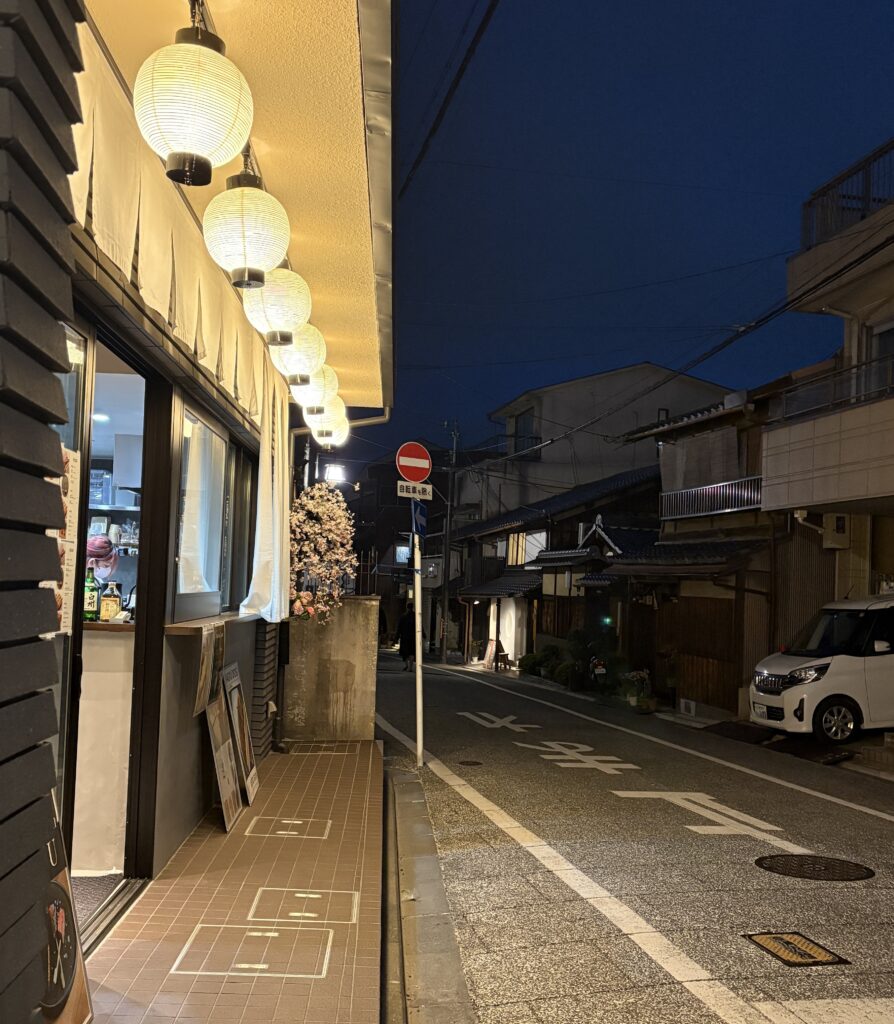
- Good for: Shoppers, foodies, nightlife seekers
- Vibe: Urban, lively, compact
- Pros & Cons: Walkable, great dining and shopping; less historical feel
If you want convenience without sacrificing style, staying in downtown Kyoto is a no-brainer. This area, centered around Kawaramachi and Nishiki Market, offers easy access to dining, nightlife, and shopping, all within walking distance.
You’ll be right by Nishiki Market, Kyoto’s “kitchen,” where you can sample everything from pickled veggies to sizzling wagyu skewers.
Kawaramachi and Teramachi shopping streets are packed with boutiques, while Pontocho Alley just west of the river gives you a taste of Kyoto’s nightlife and geisha culture.
This area is ideal for travelers who want energy without total chaos. It’s busy, but not overwhelming.
You’ll also be within easy walking or biking distance to Gion and Higashiyama, and close to riverside paths if you want to balance temple-hopping with people-watching.
Accommodations range from sleek modern hotels to minimalist boutique stays. If you’re planning a mix of sightseeing, dining, and downtown exploring, this central location delivers the best of all worlds.
Top Hotels in Downtown Kyoto
Ace Hotel Kyoto — Luxury
Hotel Resol Kyoto Kawaramachi Sanjo — Mid-Range
WeBase Kyoto — Budget
Arashiyama
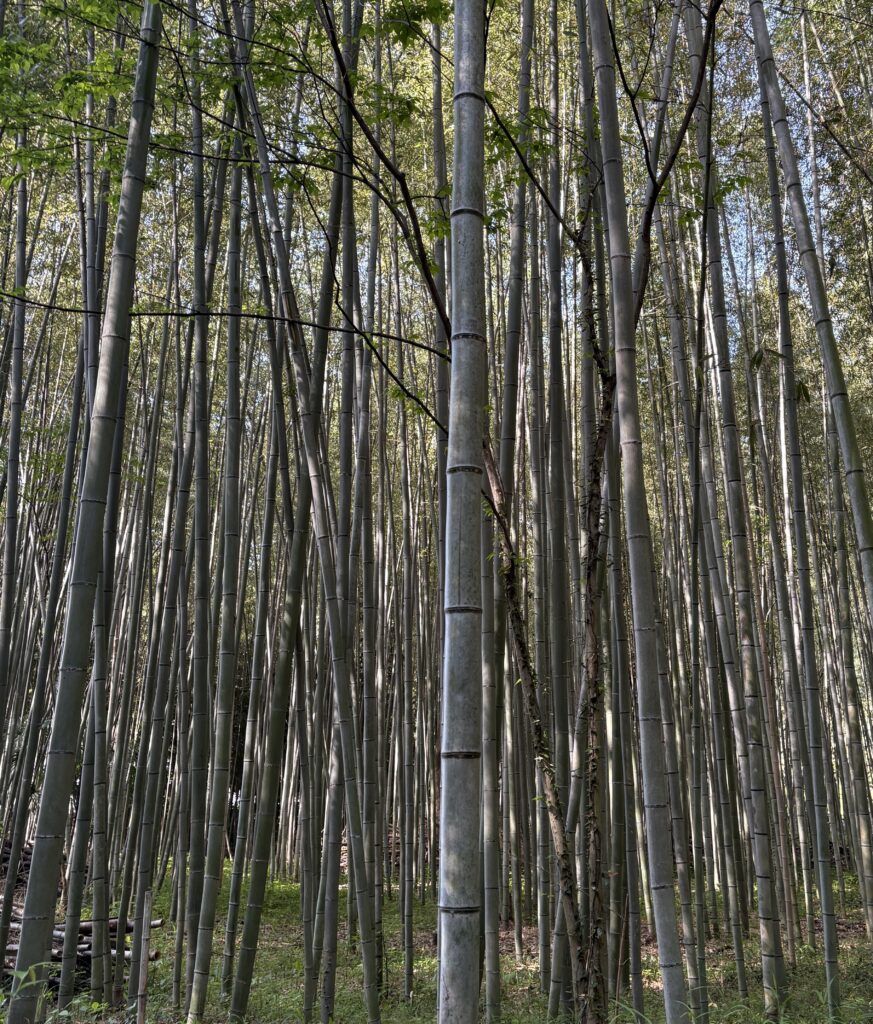
- Good for: Nature lovers, romantic escapes, travelers seeking a slower pace
- Vibe: Scenic, quiet, rustic with mountain views
- Pros & Cons: Stunning natural beauty, fewer crowds in the evening; further from downtown
Arashiyama feels like a separate world from the rest of Kyoto, and that’s a good thing. Located on the city’s western edge, this riverside district is where bamboo groves sway in the breeze, monkeys roam free in the hills, and boats gently float down the Katsura River.
It’s a must-visit destination, but staying here allows you to experience the quieter, more peaceful side of Kyoto, especially after the day-trippers have left.
Mornings are serene, sunsets glow gold across the river, and ryokans here offer views that feel straight out of a painting.
While it’s a bit of a commute to downtown (around 25–30 minutes by train or bus), Arashiyama rewards you with fresh air, temple-lined walking paths, and a totally different vibe.
It’s especially popular during the cherry blossom and fall foliage seasons, when the area explodes with color.
This district is ideal for couples, nature enthusiasts, or anyone seeking a break from busy sightseeing schedules. You’ll also find great access to day hikes and off-the-beaten-path temples like Gio-ji and Otagi Nenbutsu-ji.
Top Hotels in Arashiyama
Suiran, a Luxury Collection Hotel — Luxury
Ryotei Rangetsu — Mid-Range
Yado Arashiyama — Budget
Northern Kyoto (Kurama, Kibune, Ohara)
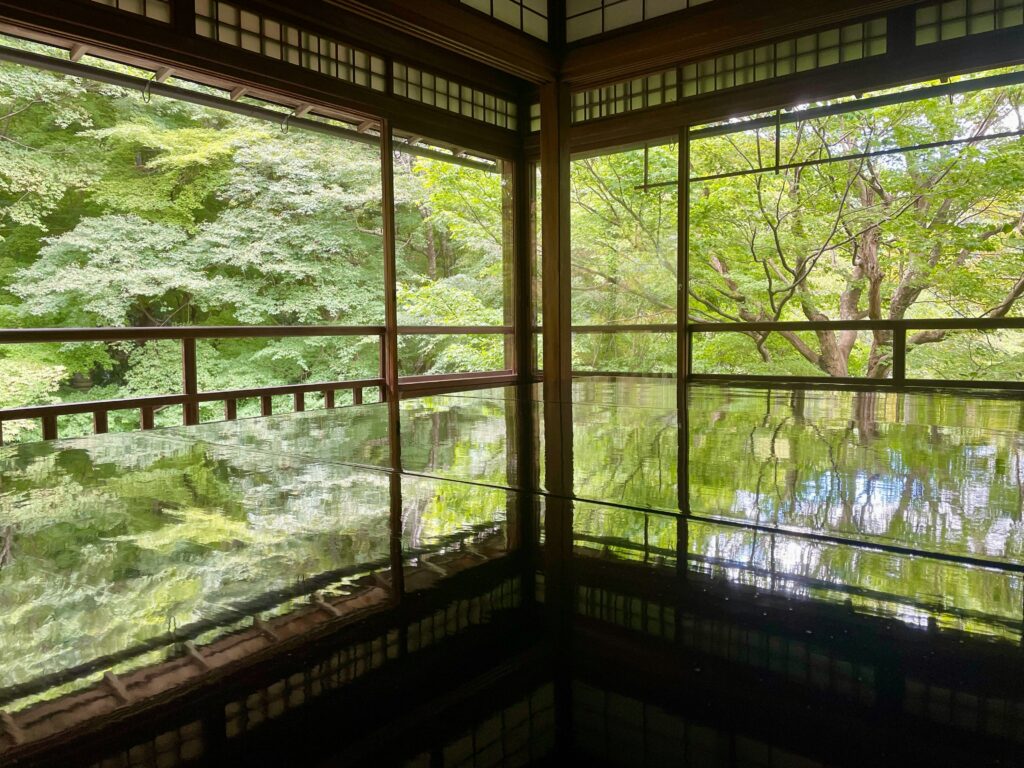
- Good for: Zen-seekers, hot spring fans, off-the-grid travelers
- Vibe: Rural, forested, spiritual
- Pros & Cons: Gorgeous and peaceful; not central, limited nightlife, and transport
If your ideal Kyoto trip includes hot springs, mountain temples, and cool air that smells like cedar, head north.
The mountain villages of Kurama, Kibune, and Ohara offer a totally different experience, more akin to a wellness retreat than a city break.
These areas are renowned for their serene temples, lush forest trails, and traditional ryokans offering multi-course kaiseki dinners and steamy rotenburo baths.
A scenic hike through the woods links Kurama and Kibune, and Ohara offers access to Sanzen-in Temple, one of Kyoto’s most atmospheric spiritual sites.
Staying here is a bit of a commitment. You’re about 45–60 minutes from central Kyoto by train or bus, and once you’re up here, things get sleepy early.
However, if you crave tranquility and are willing to trade convenience for serenity, northern Kyoto will steal your heart.
It’s a great choice at the end of a busy Japan itinerary, especially for travelers looking to unwind before flying out.
Top Hotels in Northern Kyoto
Roku Hotel — Luxury
Ryokan Seryo — Mid-Range
Guesthouse Bon — Budget
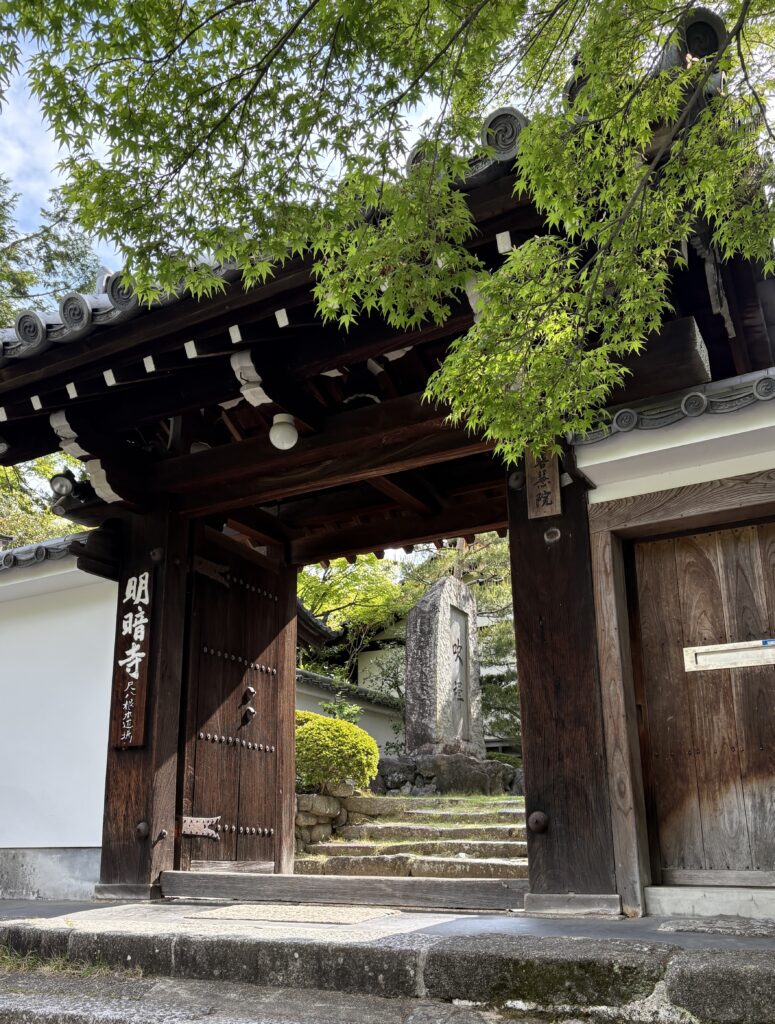
Tips for Booking Hotels in Kyoto
Kyoto might seem like a tranquil city steeped in tradition, but when it comes to booking a hotel, things move fast.
Especially in the three most popular areas: Kawaramachi, Gion, and Kyoto Station, rooms sell out quickly, and prices spike significantly during the cherry blossom season (late March to early April) and the fall foliage season (mid-November).
If you’re visiting during those peak times, book your hotel at least 2–3 months in advance, or longer if you’re aiming for a ryokan or anything near Gion.
Another tip? Don’t be fooled by how “close” things look on the map. Kyoto is larger than it appears, and some charming neighborhoods are accessible only after a long transit time.
Prioritize walkability to a subway or bus stop, or you’ll end up spending more time commuting than temple-hopping.
Lastly, many Kyoto hotels offer free bike rentals, a total game-changer for exploring side streets and river paths.
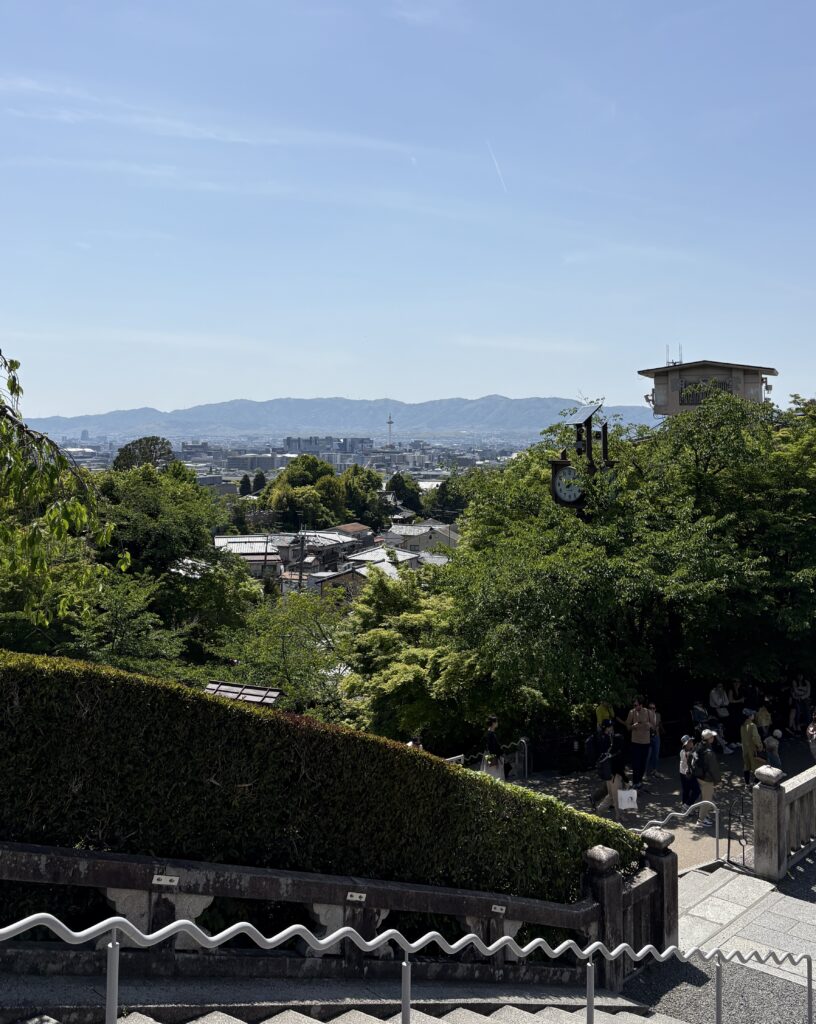
How to Get Around Kyoto
Kyoto might be Japan’s cultural heart, but getting around the city isn’t quite as seamless as Tokyo or Osaka.
That said, with a bit of planning (and a strong grasp of bus stops), it’s easy enough, and often scenic.
Unlike Tokyo or Osaka, Kyoto doesn’t have a subway system that covers every corner. Much of your travel here will involve a mix of trains, buses, and walking.
Fortunately, many top attractions are clustered near each other, so it’s not as complicated as it seems.
Trains & Subway
- JR Lines: Handy if you’re arriving from another city or doing a day trip. Kyoto Station is the main hub.
- Kyoto Subway (Karasuma & Tozai Lines): Useful but limited. Great for central routes and quick hops.
- Private Lines (Hankyu, Keihan): Often better than JR for connecting areas like Arashiyama, Gion, or northern Kyoto.
Buses
- Kyoto City Bus: The best way to get to temples and sights that aren’t near train stations (like Kinkaku-ji or Ginkaku-ji). Expect occasional traffic.
- All-Day Bus Pass: ¥600 for unlimited rides. Just don’t rely on it during peak hours unless you enjoy standing in aisles with strangers.
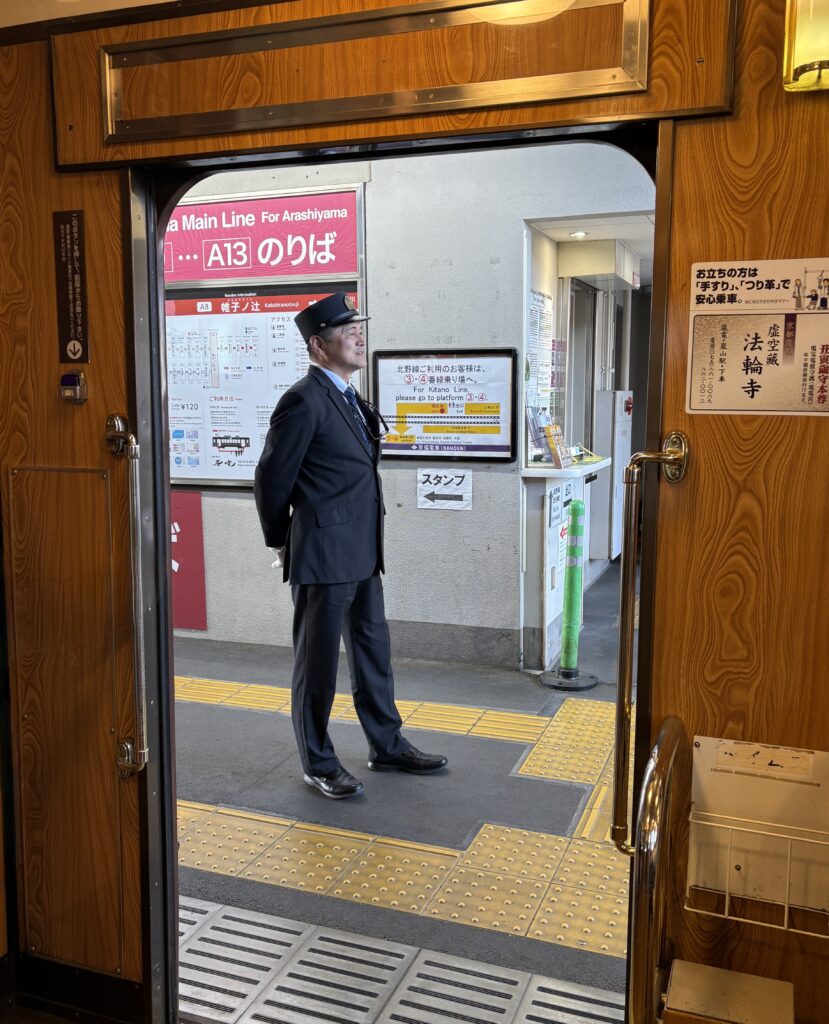
IC Cards
- ICOCA, Suica, PASMO: All work interchangeably in Kyoto. Tap on, tap off — no need for paper tickets unless you’re on older lines.
Bicycles
- Bike Rentals: Super popular in Kyoto. Many neighborhoods (like Arashiyama or the Philosopher’s Path) are ideal for exploring on two wheels. Some hotels offer bikes free or for rent, and you’ll find plenty of rental shops around town.
Walking
- Kyoto rewards walkers. Many famous sites in Higashiyama or Gion are best explored on foot, and strolls through temples or historic lanes often become the highlight of the day.
Taxis
- Easy to flag down and useful for off-the-path spots, especially at night. Just know Kyoto taxis aren’t cheap — but they are reliable, clean, and driven by pros who often wear gloves.
Travel Tips
- Avoid buses during rush hours unless you like feeling like a sardine with a camera.
- Plan around clusters — Higashiyama temples can fill a whole day without needing transport.
- Google Maps is your friend, but sometimes a paper map from your hotel is even better for Kyoto’s backstreets.

Final Thoughts: Best Neighborhoods to Stay in Kyoto
So, what’s the best neighborhood to stay in Kyoto? That really depends on the kind of experience you want — and trust me, Kyoto can deliver it all.
If it’s your first visit, I recommend staying in Downtown Kawaramachi or Gion. These areas offer walkable access to temples, restaurants, markets, and river walks, featuring a mix of modern comforts and historic charm.
For most travelers, especially those who only have a few days, this is where you’ll get the “classic Kyoto” experience without feeling disconnected.
For something quieter and more residential, Higashiyama is hard to beat. It places you right in the heart of Kyoto’s scenic eastern slopes, with cobbled streets, teahouses, and temples outside your door.
If your goal is to see Kyoto’s spiritual side and wander through narrow lanes lined with wooden houses and lanterns, this is the spot.
Meanwhile, Kyoto Station offers ultimate convenience. Yes, it’s not traditionally scenic, but it’s a smart choice if you plan to do a lot of day trips to Osaka, Nara, or even Hiroshima.
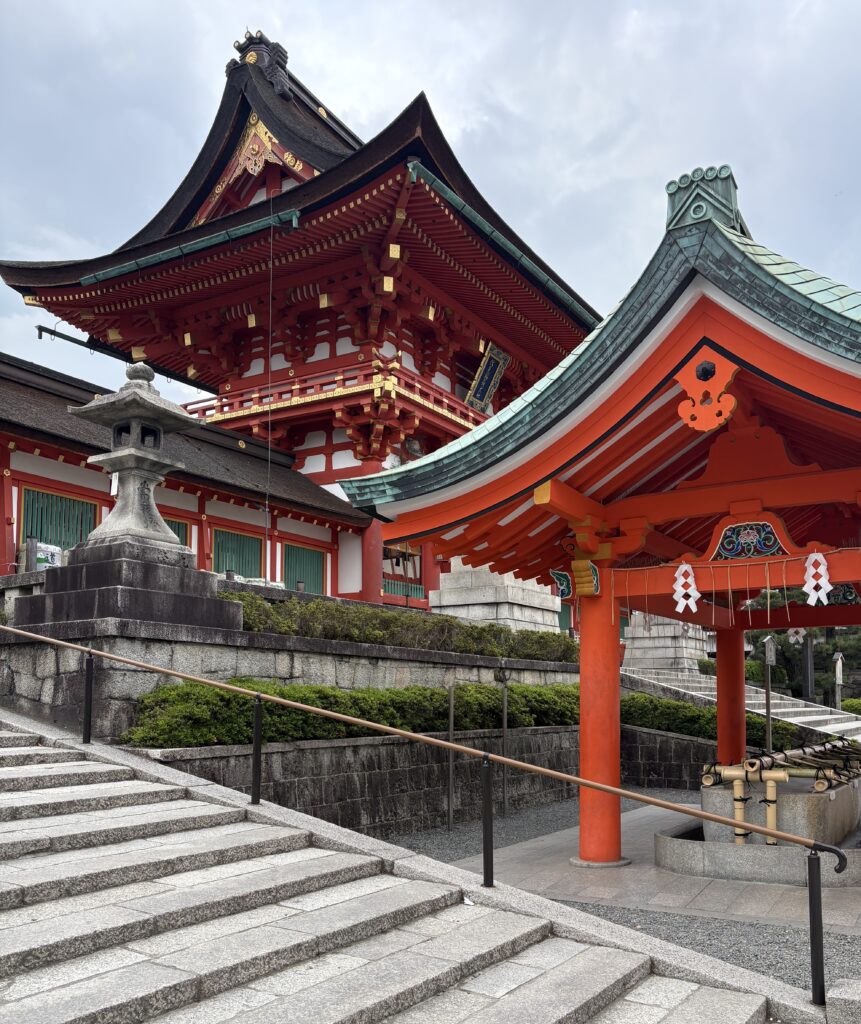
It also has some of the best transport links and larger, modern hotel options, ideal if you’re arriving late or traveling with luggage.
If you’re someone who enjoys a slightly off-the-radar base that still offers great food and access to cool indie shops, consider Nijo or the Kamigyo Ward. They’re under-the-radar but still within reach of the sights.
At the end of the day, Kyoto isn’t massive, but the neighborhoods are distinct in vibe and logistics. Picking the right one can dramatically improve your trip and minimize those extra transit hours zig-zagging across the city.
The great thing is, you can’t really go wrong. Kyoto blends the ancient with the modern in a way few cities can. Wherever you stay, you’ll be close to incredible food, peaceful shrines, and enough beauty to keep your phone’s camera working overtime.
Just make sure you pick a neighborhood that aligns with your style, whether that’s atmospheric strolls through Gion, ramen and markets in Downtown, or serene mornings near Nanzen-ji. You’ll thank yourself later!
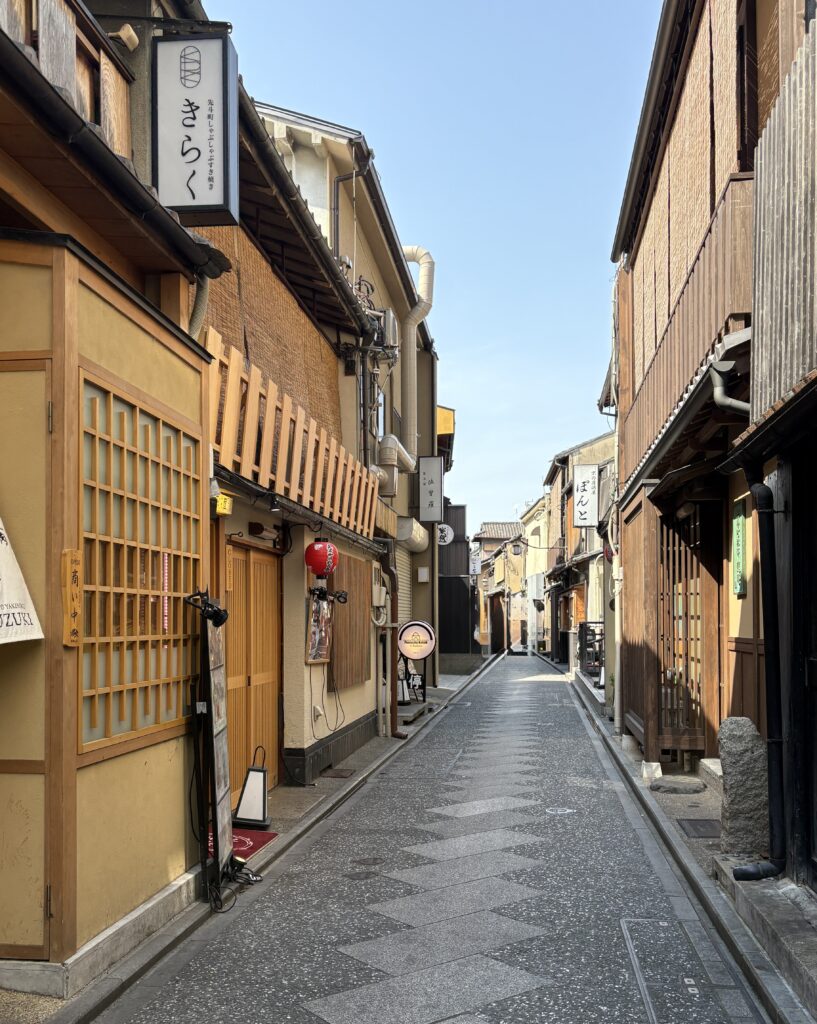
What is the best area to stay in Kyoto for first-timers?
The best area for first-time visitors is Downtown Kawaramachi or Gion. Both give you easy access to Kyoto’s main attractions, public transport, and a wide variety of restaurants and shops.
Kawaramachi feels more modern and lively, while Gion has that iconic traditional charm with cobbled streets and teahouses.
Is it better to stay near Kyoto Station or in Gion?
Kyoto Station is ideal if you’re planning lots of day trips or want unmatched transit access. At the same time, Gion is better if you want to be surrounded by temples, historical streets, and classic Kyoto ambiance.
Gion is more walkable for sightseeing, but Kyoto Station offers bigger hotels and better value for money.
How far in advance should I book a Kyoto hotel?
Ideally, you should book your Kyoto accommodation at least 2 to 3 months in advance.
Rooms in top neighborhoods, such as Gion, Kawaramachi, and Kyoto Station, tend to fill up quickly, especially during peak seasons like the cherry blossom and fall foliage seasons.
Which Kyoto districts are best for a quiet, local experience?
If you want to stay somewhere more peaceful and authentic, consider neighborhoods just north of Higashiyama or around Kurama and Ohara in Northern Kyoto.
These areas offer a slower pace, fewer tourists, and a closer connection to nature, making them perfect for travelers who want to experience a more relaxed side of Kyoto.

